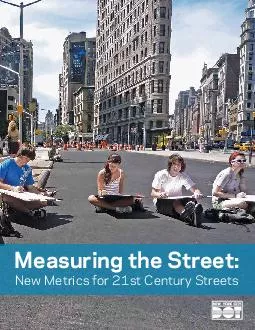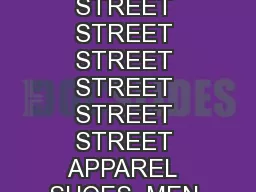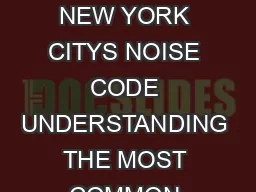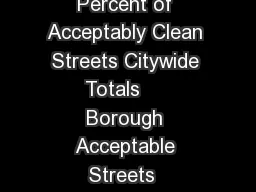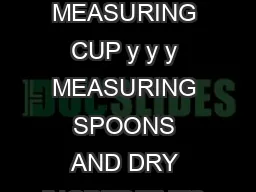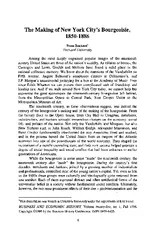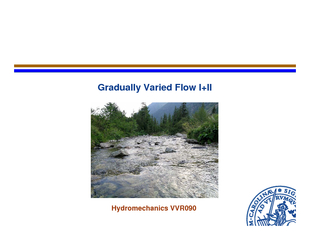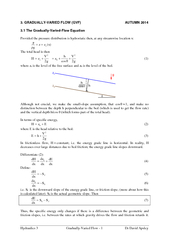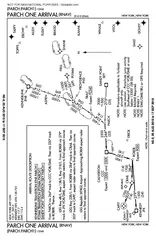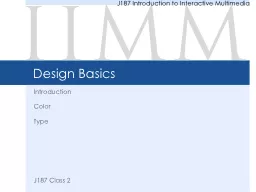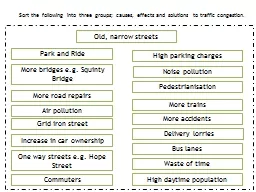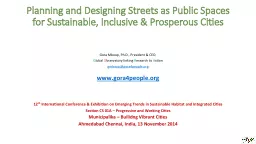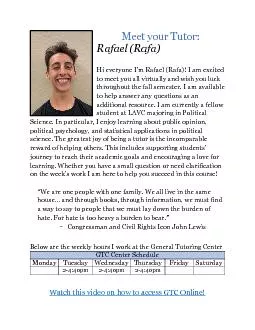PDF-Measuring the Street New Metrics for st Century Streets Measuring the Street New Metrics
Author : olivia-moreira | Published Date : 2014-11-14
How do city leaders address these challenges and measure their success This report discusses key approaches to street design projects and how results can be measured
Presentation Embed Code
Download Presentation
Download Presentation The PPT/PDF document "Measuring the Street New Metrics for st ..." is the property of its rightful owner. Permission is granted to download and print the materials on this website for personal, non-commercial use only, and to display it on your personal computer provided you do not modify the materials and that you retain all copyright notices contained in the materials. By downloading content from our website, you accept the terms of this agreement.
Measuring the Street New Metrics for st Century Streets Measuring the Street New Metrics: Transcript
Download Rules Of Document
"Measuring the Street New Metrics for st Century Streets Measuring the Street New Metrics"The content belongs to its owner. You may download and print it for personal use, without modification, and keep all copyright notices. By downloading, you agree to these terms.
Related Documents

